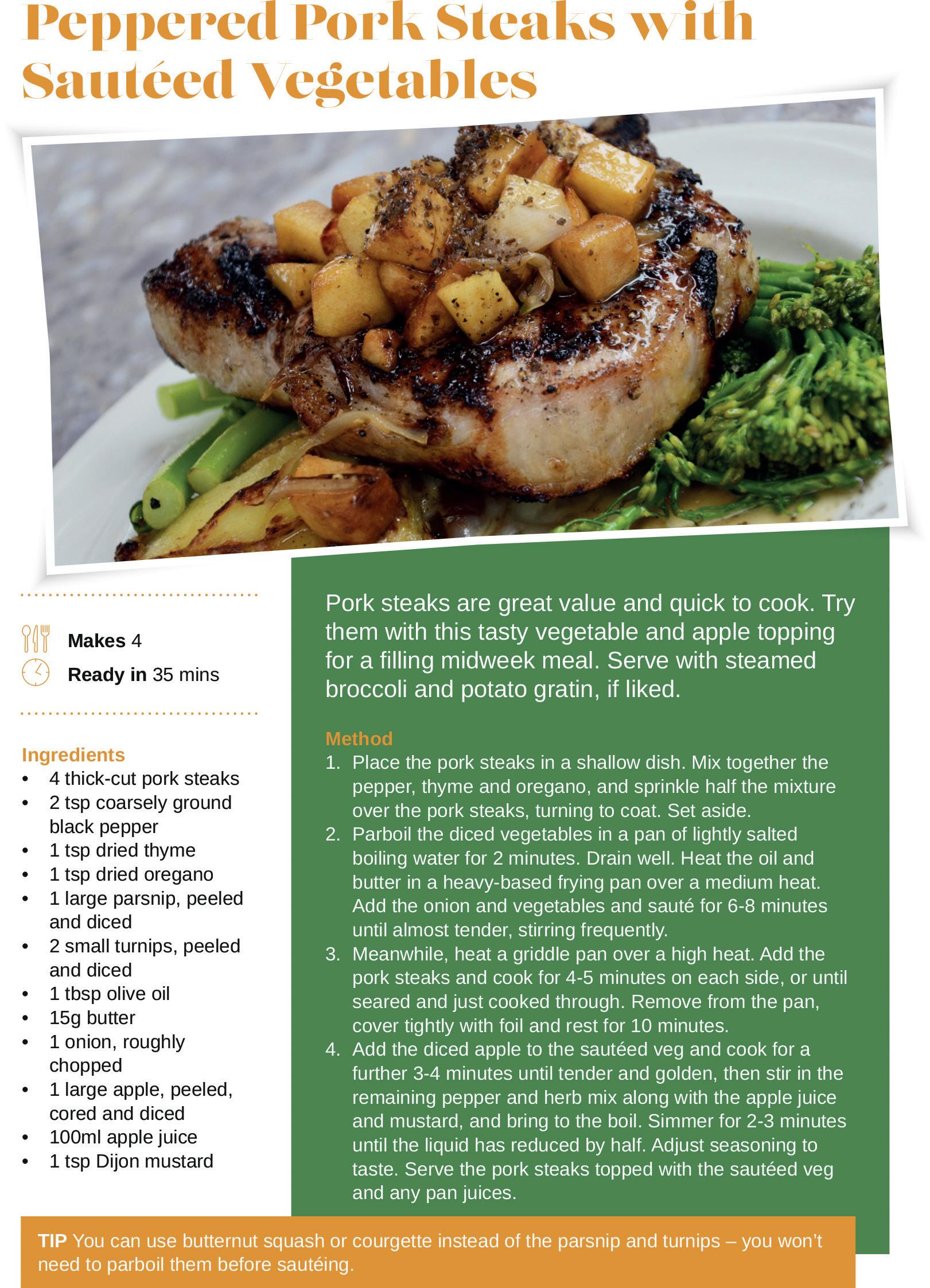The Power of Napping Smart people nap. Super-fit athletes nap. Old people nap, and young children nap too. Some of us nap, and some of us don’t. As a Personal Trainer, my afternoon nap is non-negotiable. It’s how I can do early morning fitness, and also evening fitness with energy. Napping is a chance to recharge the batteries during the day. For me, lying down is also a blessed relief upon varicose veins. According to the Sleep Foundation (https://www.sleepfoundation.org/articles/ napping), there are three types of napping; planned, habitual and emergency. The main difference is whether it is your body entering shutdown mode (emergency) or whether it’s scheduled (planned). Habitual napping can also be planned, in that when
22
By Tracy Griffen
someone naps at the same time everyday (children do this), they may work it into their daily routine. Naps should be short, around 20 – 30 minutes, and fully clothed. It’s up to you whether you lie down in bed, or power nap seated on the sofa. You should wake up energised, not groggy. If you are groggy after a nap, perhaps you’re over-tired in general. Benefits of napping include better cognitive function, improved mood and energy levels. It’s an oasis of calm in a busy day. Nowadays many people meditate, and it can be argued that meditation has a similar effect. It’s up to you to work out what works best for you. I personally nap around 3pm, when I’ve done most of my exercise and activity for



